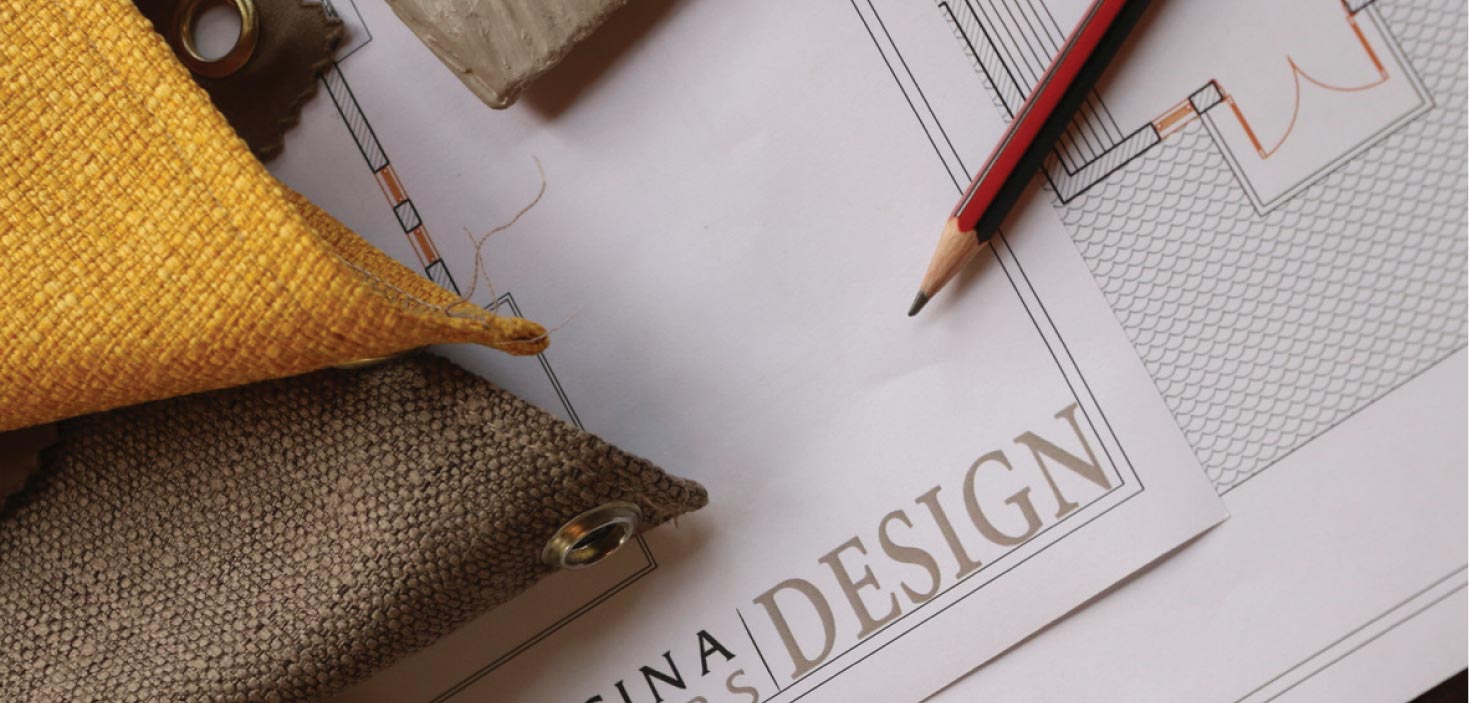WHAT TO BRING
Planning a visit to our Paint Centre? Here’s what we recommend you bring to ensure that you get the right paint:
- - Room Dimensions, including the height
- - Colour references, for instance from a photo or magazine
- - Swatches of the material used for any furniture and curtains you plan to have in the room
- - Environmental information about the space, to determine if any specialty paint is needed
- - Plenty of time to talk your needs through with our paint experts
PAINTS AVAILABLE
- - Acrylic Epoxy 440 Gloss Enamel
- - Acrylic Undercoat Water Based
- - Supertex Matt Textured Finish
- - Egg Shell Enamel Paint
- - Aquaresist
- - Super Undercoat
- - Vinyl Matt Emulsion
- - Vinyl Silk Emulsion
THE PALACINA PAINTING GUIDE
Painting a room is one of the swiftest and most impactful ways in which to deliver an entirely new look to your living space. Clever choice of colour can enlarge your space or define specific areas; it can create mood and underscore style. It can impart an air of serenity and calm; or intimacy and inclusion. It can convey the concept of antique splendour, safari chic or pared down modernism.
But, as with all things, careful consideration must be given to the choice of shade, texture and type of paint. And to the practicalities of materials and preparation.
SELECT YOUR COLOUR
We’ve devised the exclusive Palacina Paint Palette to enable you to create living spaces that capture the enchantment of Africa while drawing on a vast pool of experience in the creation of inspired interiors. We’ve drawn our own inspiration from the subtlety of the African wilderness and the immeasurable depth of her heritage. We’ve also created a range of colours that work naturally together so as to make your work easier. We’ve also put together a team of experts who’re ready and waiting to share their expertise – in the showroom or in your home. To visit our range click
CHOOSE YOUR PAINT
Our paints have been carefully calibrated to deliver optimum texture, feel and durability for the job you have in mind. To determine which paint is the right paint for you click: types of paint
HOW MUCH PAINT DO I NEED?
Add the lengths of each wall and multiply perimeter by total height of walls. Subtract the windows and door (Standard door - 20 square feet/Standard window - 15 square feet). Most paint manufacturers claim 400 square feet per gallon. To be safe, estimate 300 square feet per gallon.
In doubt?
Round up, not down.
If you're not radically changing colour, one coat should do the job. If you are radically changing colour, especially to a darker colour, then use 2-3 coats.
What type of paint should I use?
For Wood: Use satin on wood for a low-luster finish.
For Ceilings: matte
For Walls: matte
Matte can be touched up without seeing the touch up due to oxidization.
Paints like egg shells can't be touched up. They require a coat to be applied to the entire surface and also require an additional coat to get their finish right.
Gloss also requires perfect walls: as a general rule of thumb - the shinier the paint, the more imperfections you see.
What do I paint first? 1. Paint the ceiling first (start by cutting off the corners with a 2" brush) 2. Then paint the walls 3. Then the baseboards (skirting) and moldings. 4. Then the windows 5. Then the doors, leaving the entry door last as you exit the room.
INVEST IN THE TOOLS FOR THE JOB
Plan for success by buying the right equipment. As well as the paint, you'll need paintbrushes, rollers, trays, turpentine and painters’ tape. Not all brushes are made equally. For trim painting, use a smaller brush that has an angle cut to the hairs. This will allow you to get into those difficult corners. If you are using a roller choose one that is appropriate to your wall surface. If your walls are less than smooth use a large-nap roller. A flat or smooth wall requires a low-nap roller.
TEST YOUR PAINT
Before you paint, try out the paint on the wall and give it time to dry. Both texture and colour can change from how it looks when wet to when dry.
PREP THE ROOM FOR PAINTING
Clear the room of as much furniture as is possible. Then cover any remaining furniture and the floors with plastic sheeting. Next, run painter’s tape (masking tape) along the edge where the wall meets the ceiling (skirting boards and door frames), making sure the corners are fully covered. Then clean the walls; the cleaner the surface, the smoother your new paint job will be. For painting over glossy paints or surfaces, sand lightly with 220 grit for better adhesion.
Paint the room
Do the edges first, top to bottom. When you're ready to work on the main part of the wall, use a roller and apply gentle pressure. Keep it slow and steady. Don’t stop in the middle of a wall. If you stop and come back later, you'll end up with uneven patches. When you have finished, wait for the recommended amount of time (read the instructions on the can) before touching the wall or removing the tape.
Handy tips
1. Create a Paint Station
Paint has a nasty habit of getting everywhere. Spills can be costly. So, create a ‘Paint Station,’ where you store all your paint cans and refill your paint trays.
3. Take care of your paint
Don't forget to cover your paint can between refills to keep the air out and your paint fresh.
Add a few drops of vanilla or lavender essence to your paint – this neutralizes the smell of paint fumes and makes painting more pleasant.
4. Clean as you go
Clean as you go – have paper towels and damp rags handy to grab any drips or spills as you paint. Paint comes off of slick surfaces like tile and glass windows when dry if you use straight razor blades.
5. Care for your brushes
Instead of washing your brush out each time you take a break, try wrapping your paintbrush in some plastic wrap or a plastic bag and set it aside. You can even store it overnight if you keep the brush wrapped in plastic and put it in the refrigerator.
6. Plan ahead
Once you finish your painting project, don't ditch the leftover paint. A few weeks or months down the road, you may notice a couple of scratches or dirt on the wall and want to touch up the wall. Paint can be stored in plastic containers or small glass jars. Label the container with the colour formula label from the paint can, that way if you need to get more of the same colour, you have the information at your fingertips.

